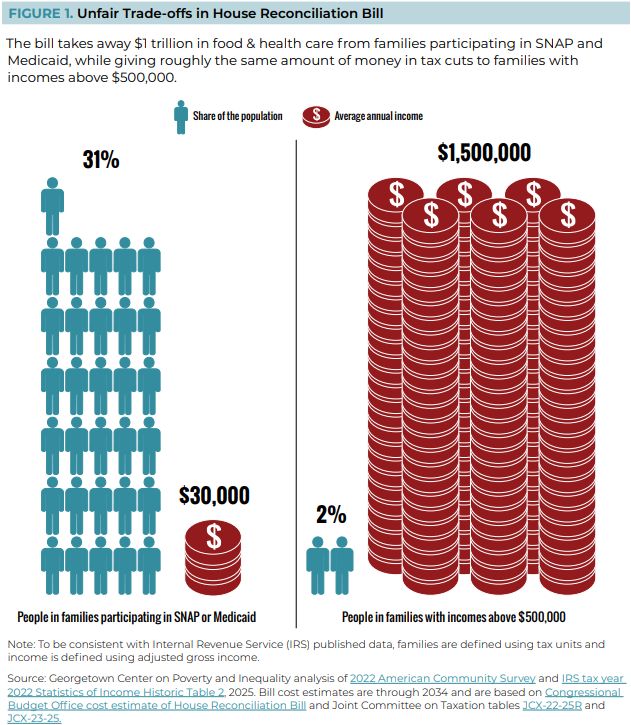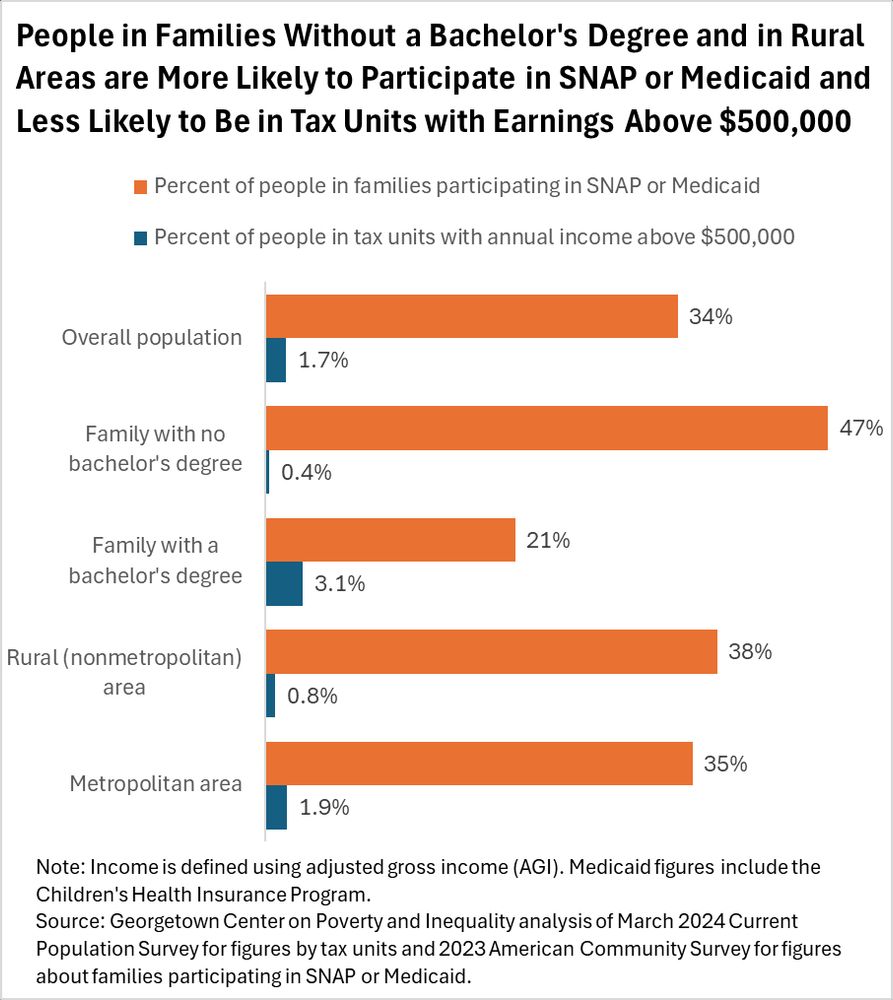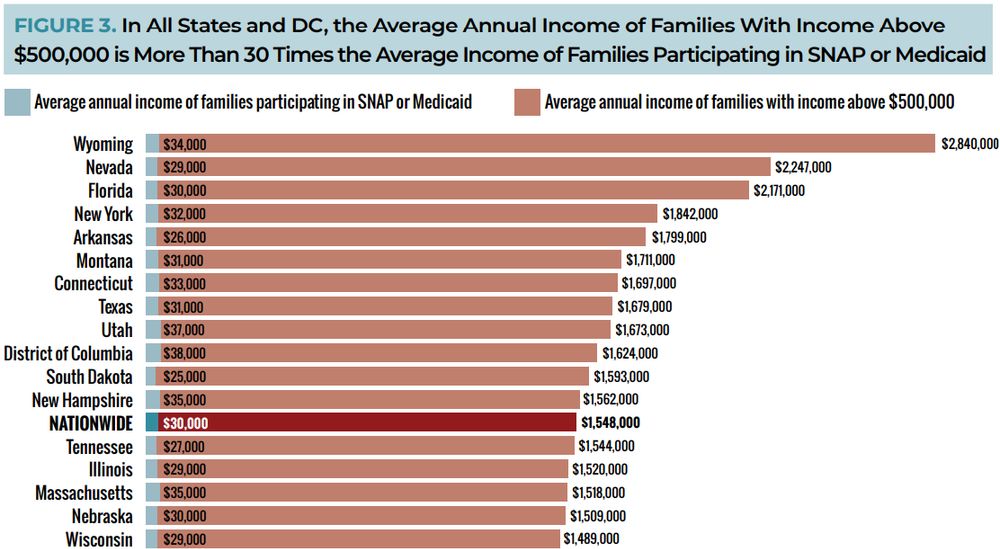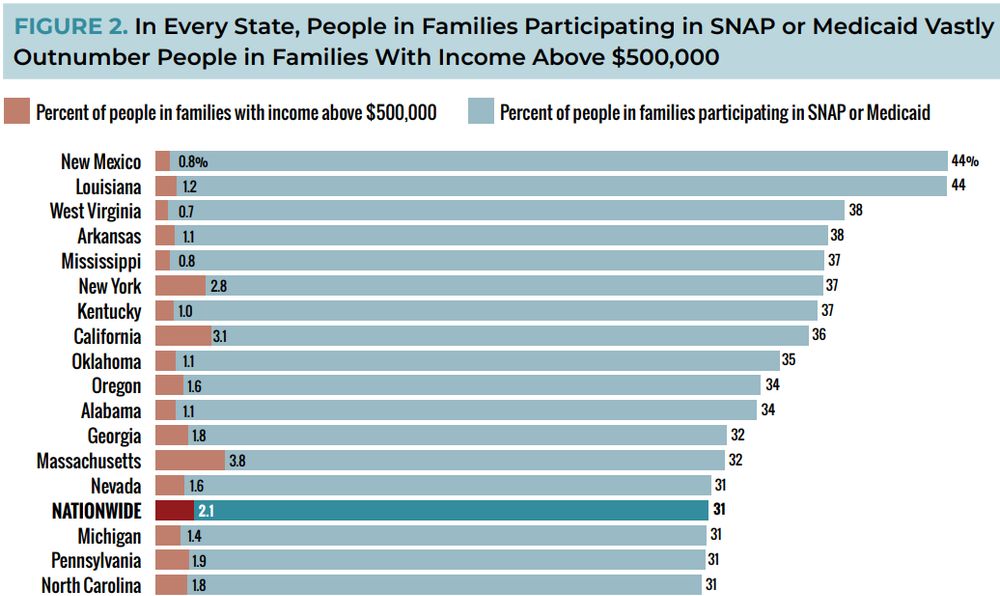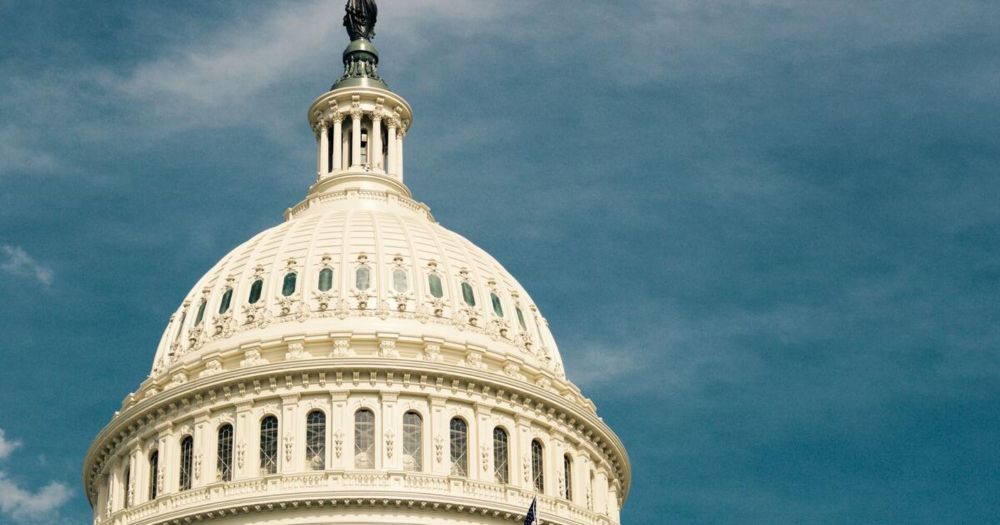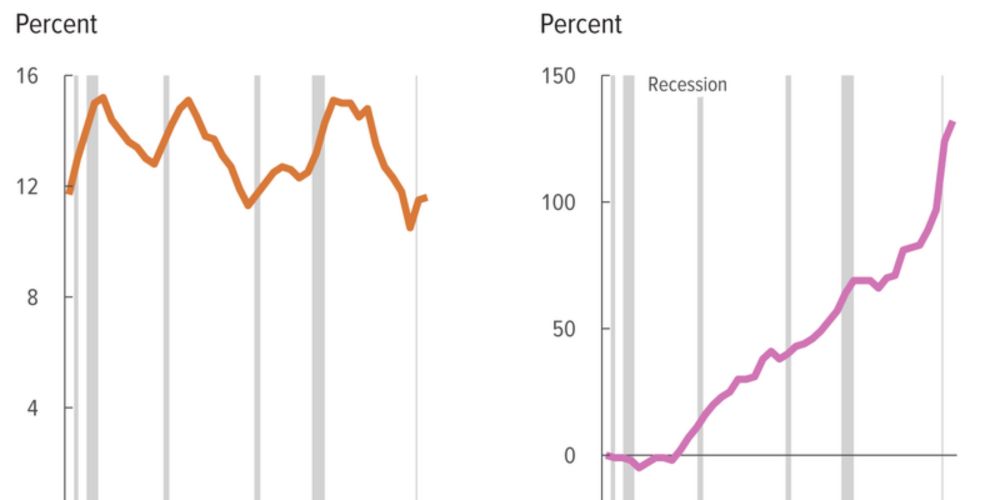Danilo Leandro Trisi
@danilotrisi.bsky.social
120 followers
150 following
20 posts
I research poverty, equity & social policy. Dad. PhD. Data nerd. Data/research consultant. Affiliate Scholar @centeronbudget.bsky.social & @georgetownpoverty.bsky.social
Posts
Media
Videos
Starter Packs
Pinned
Reposted by Danilo Leandro Trisi
Reposted by Danilo Leandro Trisi
Reposted by Danilo Leandro Trisi
